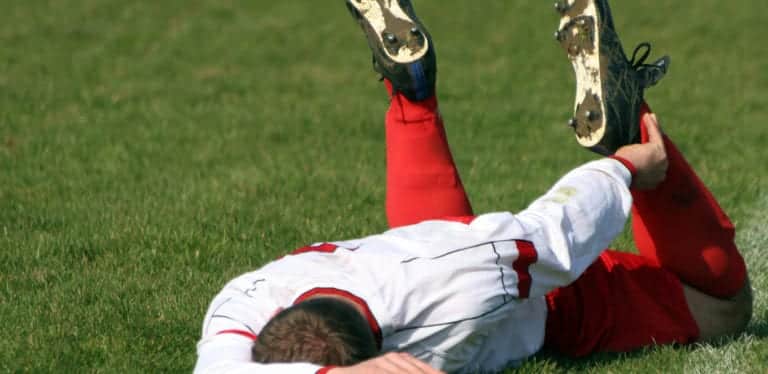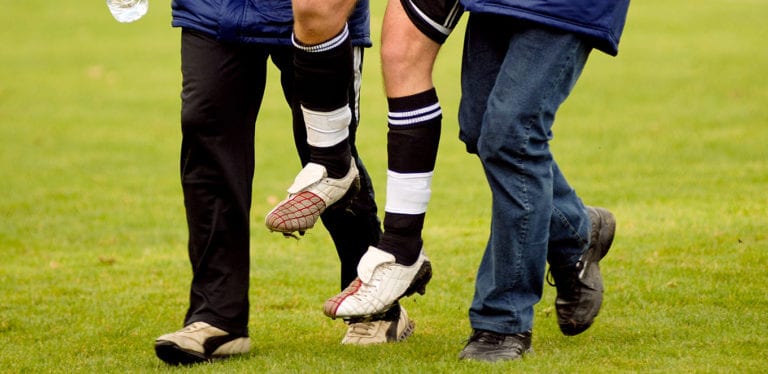Why Parents Trust Ultra Ankle Ultra® Zoom Braces for Their Kids: Ensuring Safety with Advanced Ankle Support
As parents, we prioritize our children’s safety and well-being, especially when they are involved in sports and physical activities that may put them at risk for injuries. In these situations, protective gear is a must, and among the many options available, ankle braces are essential. One standout brand parents trust is Ultra Ankle, specifically the Ultra Zoom®, and for good reasons.
-
Superior Support and Protection:
Ultra Zoom® braces offer robust and high-quality design that provides exceptional ankle support while still allowing for maximum mobility. Designed to stabilize and help prevent the ankle from injuries such as sprains, twists, and rolls, they are a top choice for parents whose kids play high-intensity sports like football, volleyball, or soccer.
-
Innovative Design:
Ultra Zoom® braces feature advanced technology and an innovative design. The hinged-cuff design limits excessive movement that could lead to high ankle injuries while maintaining enough flexibility for peak performance. This means your young athlete will stay in the game and not on the sideline with an ankle injury. This balance between safety and performance is why many parents opt for Ultra Ankle.
-
Comfort and Fit:
Ultra Ankle braces are celebrated for their snug fit and comfort, ensuring that kids can wear them for extended periods without feeling restricted or uncomfortable. Ultra Ankle braces, specifically the Ultra Zoom, custom form-fit to the athlete’s foot and ankle through body heat. This is perfect for growing children who need consistent and reliable support over several seasons of play.
-
Durability:
Durability is a major selling point for Ultra Ankle braces. Made from high-quality materials, these braces can withstand rigorous physical activity, giving parents value for their money and the assurance that their child’s safety gear is up to the task. The Ultra Zoom brace can last up to 3 full seasons depending on use and demands put on the brace.
-
Ease of Use:
Designed with usability in mind, Ultra Ankle Ultra Zoom braces are easy to put on, adjust, and take off, which is an essential feature for kids who might need to use them independently. This ease of use enhances their appeal among both kids and their parents. This differs from taping or lace-up braces which are both time consuming to put on and take off.
-
Positive Reviews and Experiences:
Ultra Ankle braces have been positively received by professionals in the sports and health industries and parents alike. A user review from a parent named Sarah states, “My daughter has been using Ultra Ankle braces for her volleyball games, and they have been a game-changer. I no longer worry about her getting injured on the court. Plus, she loves how comfortable they are.” Another parent, John, shared, “I got Ultra Ankle braces for my son who plays soccer. They’ve stood up to some tough games, and he’s been injury-free. Highly recommended for any young athlete.”
These endorsements and positive experiences have helped build trust and a strong reputation for Ultra Ankle braces, making them a preferred choice among parents.
To summarize, parents prefer Ultra Ankle braces for their children because of their advanced design, superior support, durability, and positive reviews. Not only do these braces protect young athletes’ ankles, but they also provide parents with the assurance they need when their children are out on the field or court.

